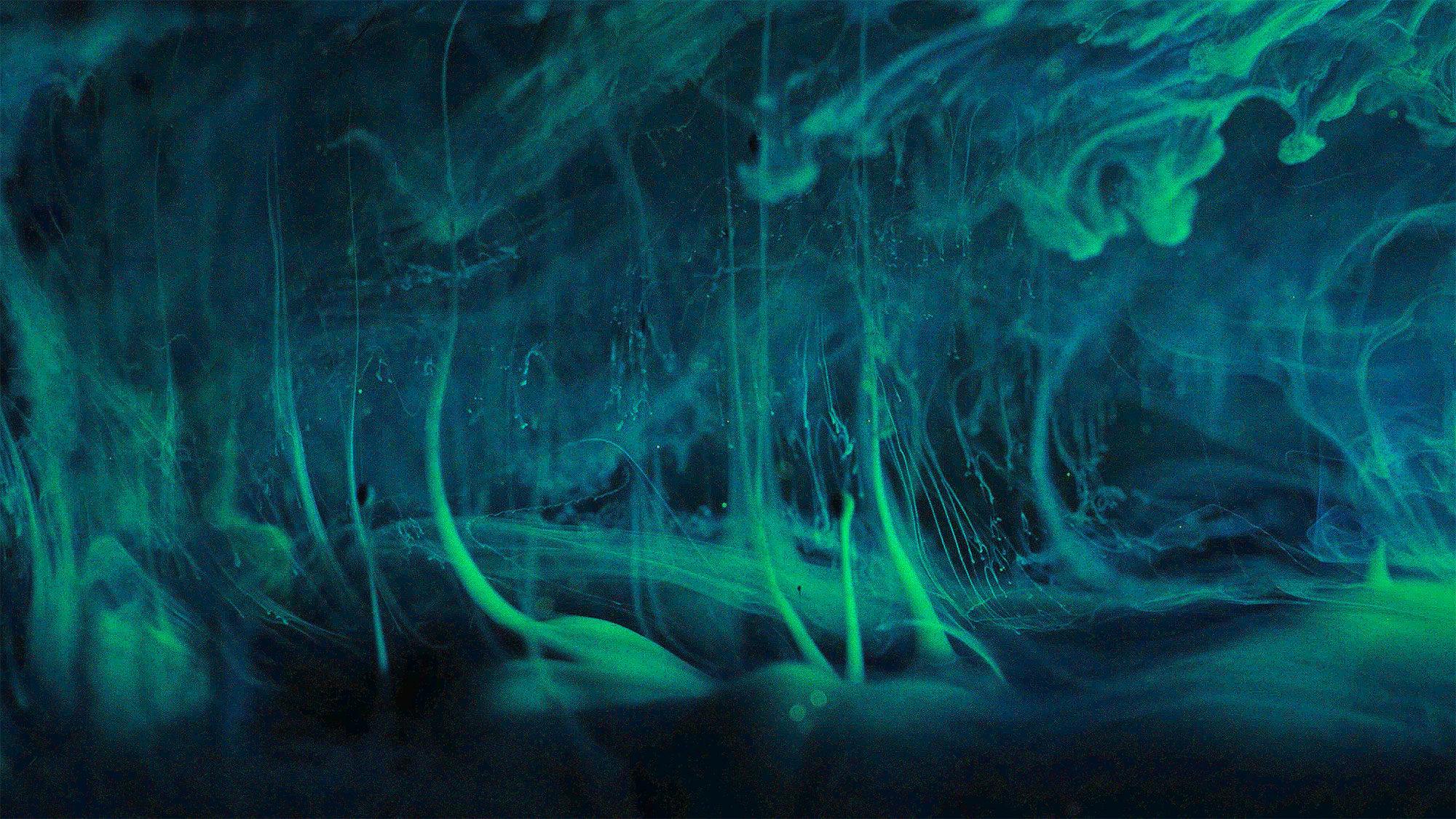Latest News
Fusing craft and science: 3D Design Crafts Lecturer aids advancement in medical science
Thursday, 29 November, 2018 — Fab Lab Manager and 3D Design Crafts Lecturer Jason Marks tells us about his co-authored paper being published in the very first edition of the journal 3D Printing and Additive Manufacturing.
<h5>In March of this year, <a href="https://www.aup.ac.uk/virtual-tours/fab-lab-plymouth" target="_blank" rel="noreferrer noopener">Fab Lab Plymouth Manager </a> and <a href="https://www.aup.ac.uk/courses/undergraduate/ba-hons-craft-material-practices" target="_blank" rel="noreferrer noopener">3D Design Crafts</a> Lecturer Jason Marks’ co-authored paper was published in the very first edition of the journal 3D Printing and Additive Manufacturing.</h5>
<p>3D Printing and Additive Manufacturing is the only peer-reviewed journal on the rapidly moving field of 3D printing and related technologies, providing comprehensive coverage of academic research and industrial and commercial developments that have applications in medicine, education, food, and architecture.</p>
<p>It also explores emerging challenges and opportunities ranging from new developments of processes and materials, to new simulation and design tools, and informative applications and case studies.</p>
<p>The Journal addresses the important questions surrounding this powerful and growing field, including issues in policy and law, intellectual property, data standards, safety and liability, environmental impact, social, economic, and humanitarian implications, and emerging business models at the industrial and consumer scales.</p>
<h5><strong>The paper, titled Production Techniques for 3D Printed Inflatable Elastomer Structures: Part I—Fabricating Air-Permeable Forms and Coating with Inflatable Silicone Membranes via Spray Deposition, outlined a new method of 3D printing on inflatable structures. Produced by a small research team based at Nottingham Trent University, this research aimed to test the feasibility of a medical device that would be placed in the aorta and would assist blood flow.</strong></h5>
<h5><br /></h5>
<p>The functioning of this device depended on a combination of elastic and electronic materials held together as a net-like membrane. The geometry of this construction needed to be precisely controlled and adaptable and as such 3D printing on an inflatable structure was chosen as a route for manufacture.</p>
<p>The ability to produce deployable and dynamic structures is currently of great interest in the field of medicine. Deployable structures can be placed inside the body using minimally invasive techniques such as keyhole surgery.</p>
<p>During insertion these devices are tightly packed and as small as possible. Then, when they are placed correctly they are deployed taking up the required form within the body. Two examples of deployable medical devices would be an aortic stent, used to open a restricted vessel and a spine jack, used to correct a collapsed vertebrae. Dynamic structures can, in addition to this, be changed after they are deployed, for example a valve made be made to open and close as required.<br /><br />Each of the team members who worked on this complex problem brought a range of different skill sets that were all necessary in finding a solution for 3D printing using flexible silicon onto structures that could be inflated. Jason’s role within the team was to develop a method for the production of the air permeable formers that would be used to produce the initial silicone membrane. It was onto this membrane that the chiral structured net would be printed onto.<br /><br />Bringing his vast range of experience from the craft sector, Jason’s insight in how to make suitable formers came from his background in making ceramic tiles using a hydraulic press. In this manufacturing process, air systems are encased within plaster press dies used to press the ceramic parts. High pressure air can then be pushed through the permeable plaster dies, and used to quickly release the tiles from the plaster.</p>
<p>Jason realised that this flow of air through plaster could also be used to evenly and precisely inflate an elastic silicone form that was spray deposited onto an initial plaster former. Jason worked with a small team led by Fergal Coulter, a Doctoral Research Student in Biorobotics at Nottingham Trent University, to help develop and refine this process.</p><ul><li><a href="https://www.aup.ac.uk/posts/fusing-craft-and-science-3d-design-crafts-lecturer-makes-plaster-formers-fi" target="_blank" rel="noreferrer noopener">Find out more about the journal 3D Printing and Additive Manufacturing.</a></li><li><a href="https://www.aup.ac.uk/courses/undergraduate/ba-hons-craft-material-practices" target="_blank" rel="noreferrer noopener">Learn more about Plymouth College of Art's 3D Design Crafts programme.</a></li><li><a href="https://www.aup.ac.uk/resources/fab-lab" target="_blank" rel="noreferrer noopener">Interested in 3D printing? Check out the facilities available in our on-site Fab Lab.</a></li></ul>
